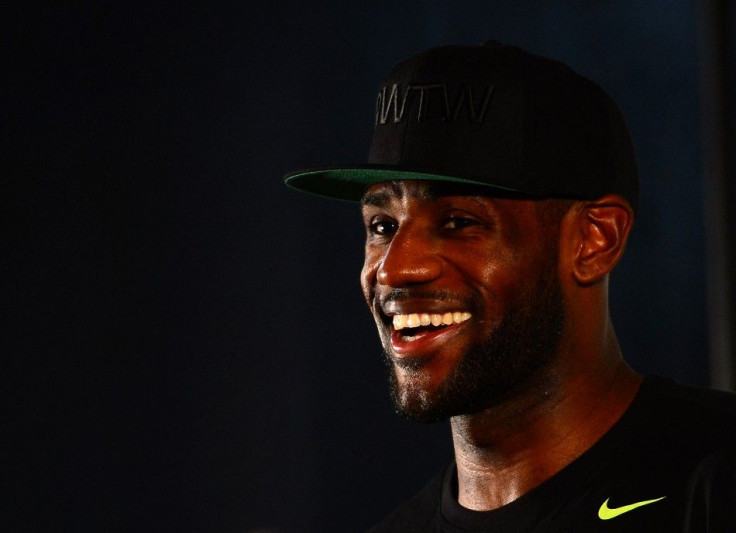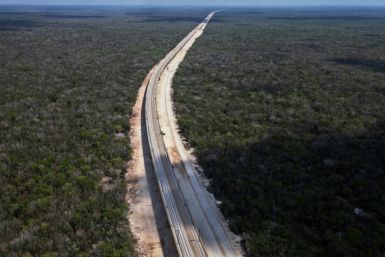Professional Triathlete Tim Reed Turns to High-Fat Diet, Has Coffee With Butter and Coconut Oil

Tim Reed, professional triathlete, begins his six-hour training right after a greasy breakfast of eggs, sausages, full-fat yoghurt, buts and a coffee made with butter and coconut oil at 5 am.
He stops for a sushi roll or takes along boiled eggs, in the case of a hard session. Meat with cream sauce along with a salad is what he has for dinner.
Reed said that with regards to his diet, he doesn't experience the moment that an athlete jumps from flying to dying and prefers slowing down at his own pace. He has started taking fat and cut down on sugars and processed carbohydrates.
Most endurance athletes are encouraged to take in carbs to build in the energy, but Reed preferred to differ as he felt that while he was taking in the fuel, his blood pressure dropped and so he had to increase his sodium intake, which lead to him feeling hungry all the time. He started to feel like he had become addicted to carbohydrate, and so he decided to adapt to fat, which does take time and is a demanding process.
Other athletes who have adopted the diet are fitness expert Ben Greenfield, who was able to complete the 2013 Ironman Triathlon World Chambionships in about 10 hours, and basketball player LeBron James.
Professor and director of the Human Potential Centre at Auckland University of Technology, Grant Schofield, said that burning fat takes place while resting or exercising moderately, while the body switches to carbs in the case of exercising hard.
Schofield has been conducting research on endurance athletes to test the low-carb high-fat diet on their performance. New Zealand triathlete Beavan McKinnon has been his subject.
One of the tests that he was subjected to is to measure how much oxygen McKinnon requires when he is asleep. His breath was analysed which showed that he burned 50 per cent of each, fat and carbs, generating 130 watts on an exercise bike before he started the diet After twelve weeks into the diet, he was able to generate 300 watts of energy.






